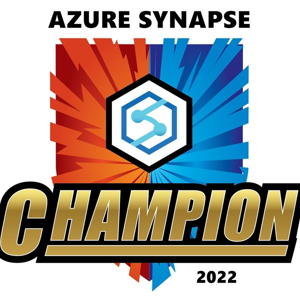Hi Conner, Kyle,
Thanks for reaching out to Microsoft Q&A.
Can I code a Notebook, or leverage a Dataflow(Gen2) to pull the file into the Lakehouse, and have it scheduled as these files are updated in the source every day?
Yes, you can, both options will work. Set the pipeline to run daily at a specific time to keep your Lakehouse data up-to-date.
Please 'Upvote'(Thumbs-up) and 'Accept' as an answer if the reply was helpful. This will benefit other community members who face the same issue.
